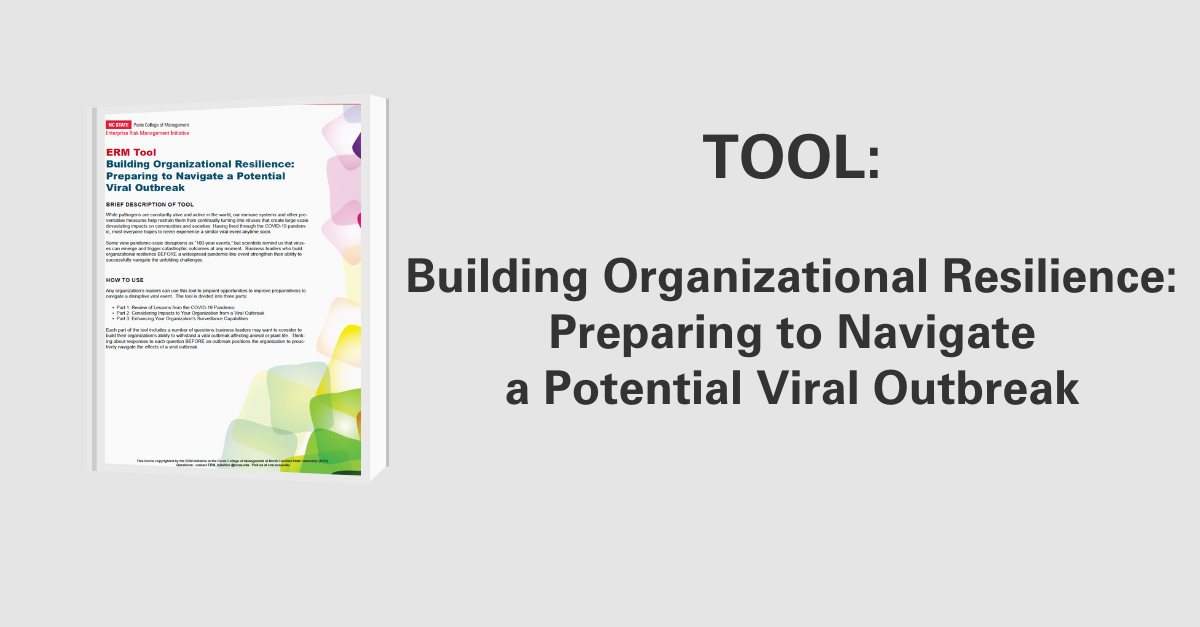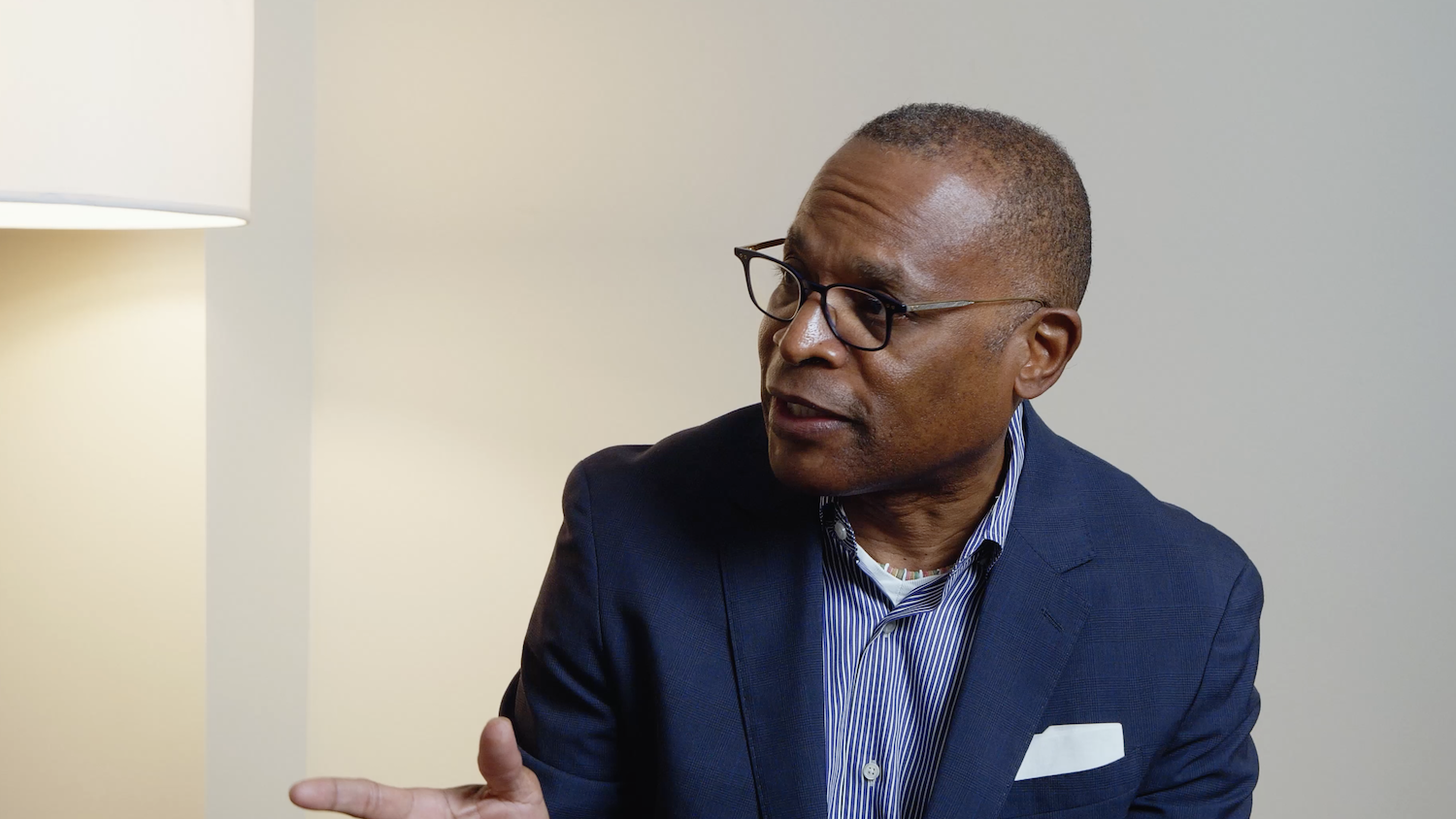Global Risks
Although the shock to the global financial system in 2008 has brought increased awareness to global risks, the landscape has not changed much. What has changed is how tightly interconnected these risks have become. This report, published by World Economic Forum, focuses on raising awareness about the connectivity of these risks and their future global impact, as well as creating a framework to track and assess these global risks.
The Global Risk Landscape for 2010 charts global risks based on their likelihood and severity by economic loss. This report focuses not only on risks that place high on the landscape, but also risks that are the most highly interlinked because they are able to amplify risk and severity. This year, the risks selected to be the focus of discussion include:
- Fiscal Crisis,
- Underinvestment in Infrastructure and
- Chronic Diseases.
Fiscal Crisis
Not only did the financial crisis of 2008 cripple business, investor, and consumer confidence in our financial markets, it also triggered an unprecedented intervention by central banks around the globe to ensure liquidity and prevent systematic collapse. This has caused government debt around the world to reach unparalleled levels in a time of peace. It is imperative now that governments carefully plan exit strategies so that market recovery is sustained, and their government capital isn’t drained. This crisis has also caused dramatic rises in unemployment, especially in advanced economies. Unemployment causes not only economic effects, but societal ones as well. Governments must consider reforms to protect sustainable health and pension systems due to the effects of unnaturally high unemployment.
Underinvestment in Infrastructure
Underinvestment in infrastructure is one of the most highly interconnected risks, particularly to fiscal crises, oil prices and natural catastrophes. Not only should governments consider spending decisions concerning financial stimulus, but the challenge of population growth and climate change must also be considered. The five particular areas that warrant infrastructure investement are agriculture, energy, water, transportation and climate change adaption. The continued investment in new infrastructure and renewal of existing infrastructure is critical today in the face of the fiscal crisis.
Chronic Diseases
Although the global spread of the H1N1 virus brought the risk of a worldwide pandemic to many people’s attention, it is the ongoing slow failures of chronic diseases that remain strongly connected to other global risks. These chronic diseases include heart disease, stroke, diabetes, some chronic lung conditions and preventable cancers. The cost of treating these diseases has risen globally driven by demographic changes and dietary shifts and is the first to be ignored when healthcare spending is limited. Since these deaths are predicted to overtake infectious diseases in many parts of the world in the future, long-term planning is needed to address these health risks. Additionally, by spreading knowledge about these chronic diseases outward from well-developed countries, health systems can be more effective and preventative.
These risks, and many more, are part of three particular themes that set the stage for this report. Firstly, the increase in interconnections among risks indicates a higher level of systematic risk requiring a greater need for a systematic approach to risk management. Secondly, the biggest risks facing the global community today are more likely to come from slow failures or creeping risks. These risks that take a long period of time to occur are often largely underestimated and difficult to recognize. Finally, there is continued discussion of global governance gaps and the ability of governments, businesses and individuals to work together and address the global risks of the future. These gaps are the most significant source of risk in terms of interconnectedness, indicating there is significant improvement to be made in how these gaps can be addressed.
Click link below to download the full report.
Original Article Source: “2010 WEF Global Risk Report,” World Economic Forum, January 2010
- Types:


